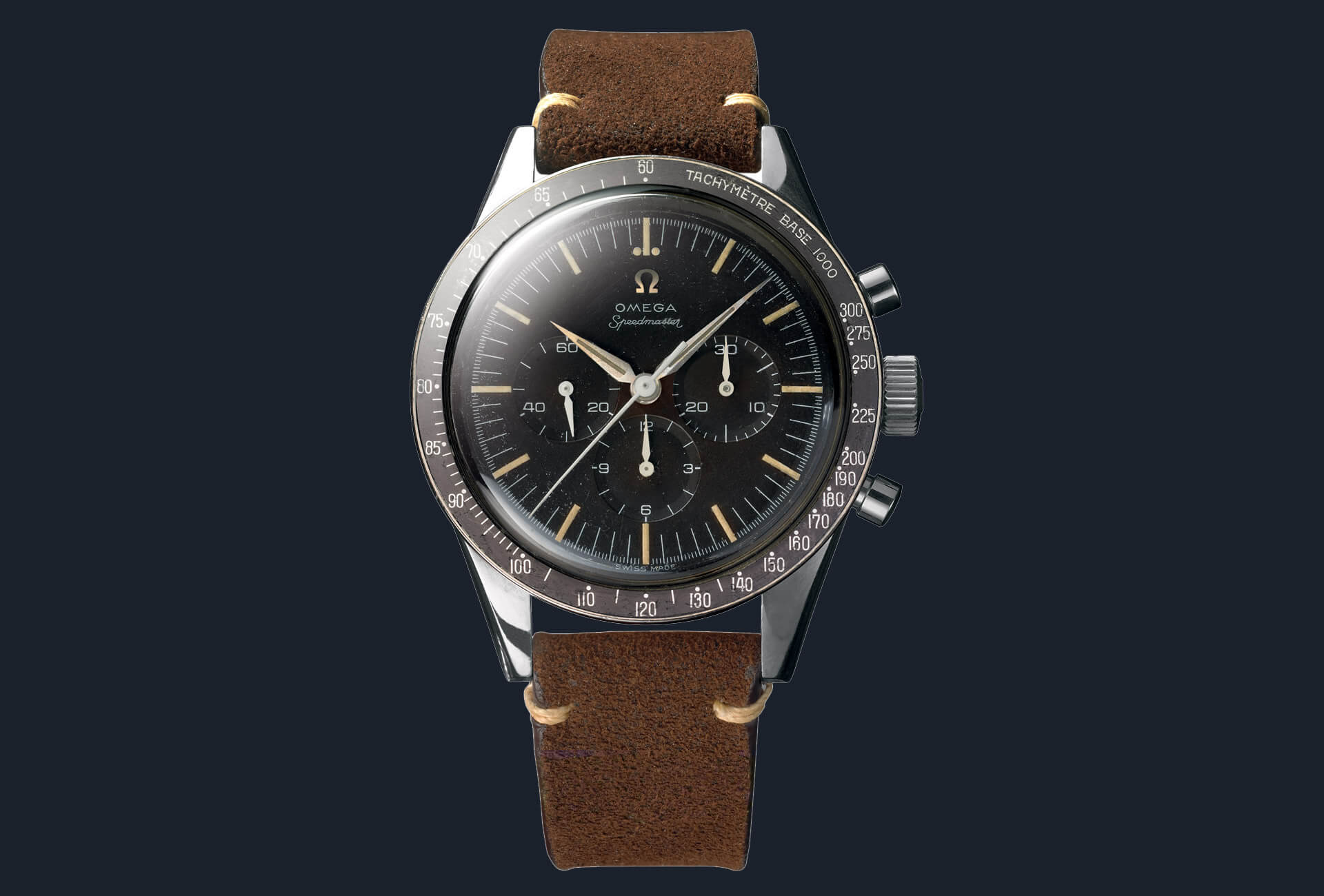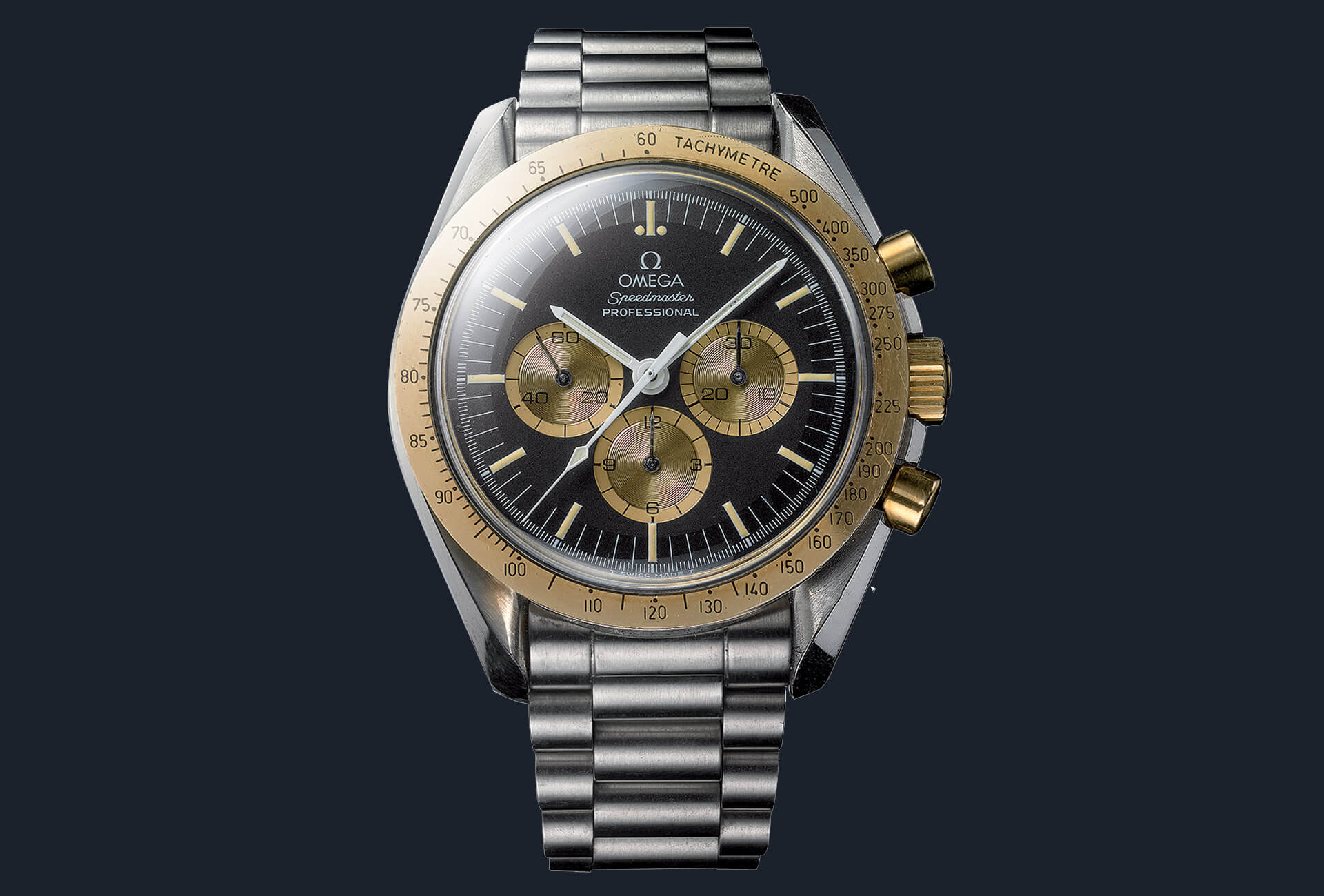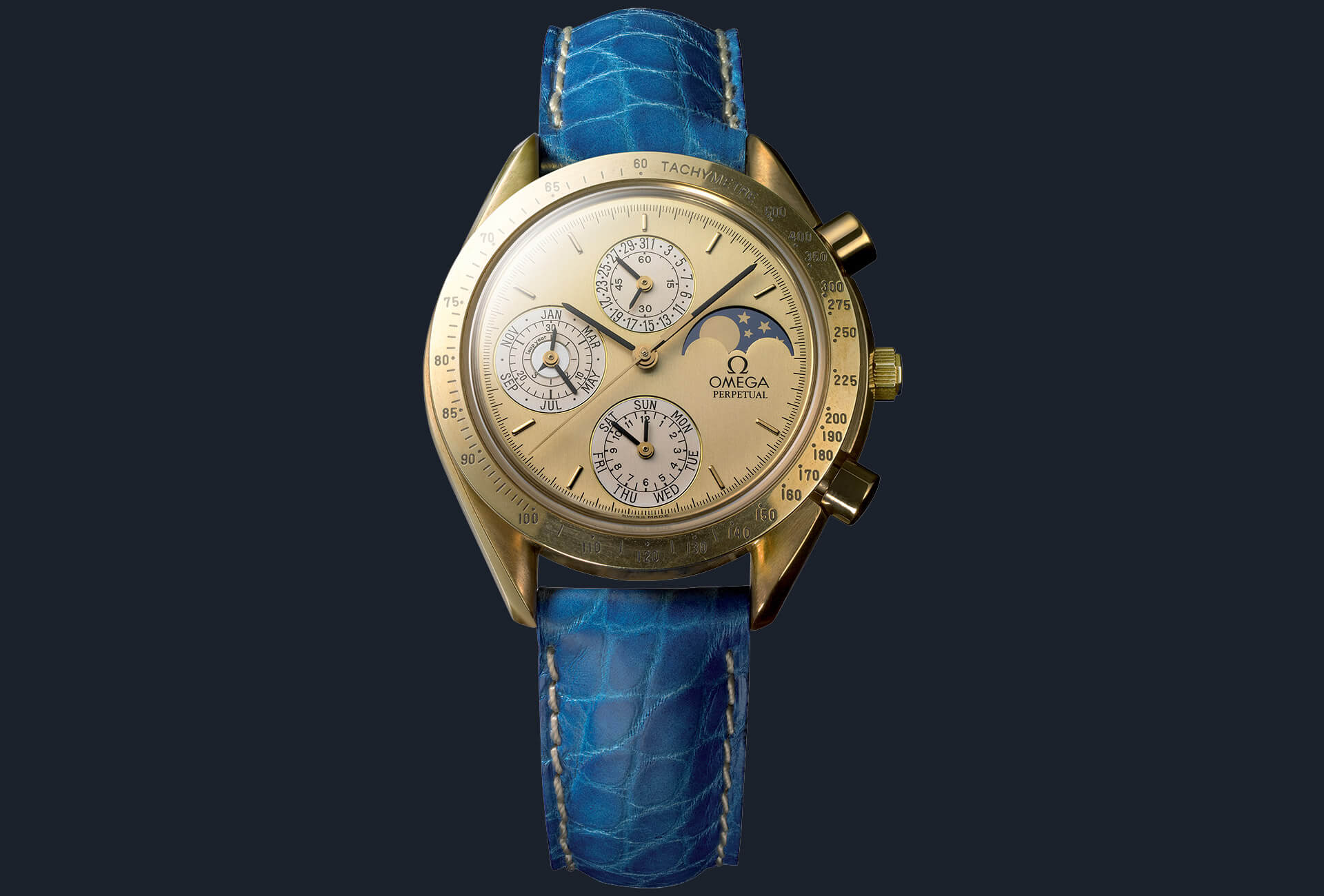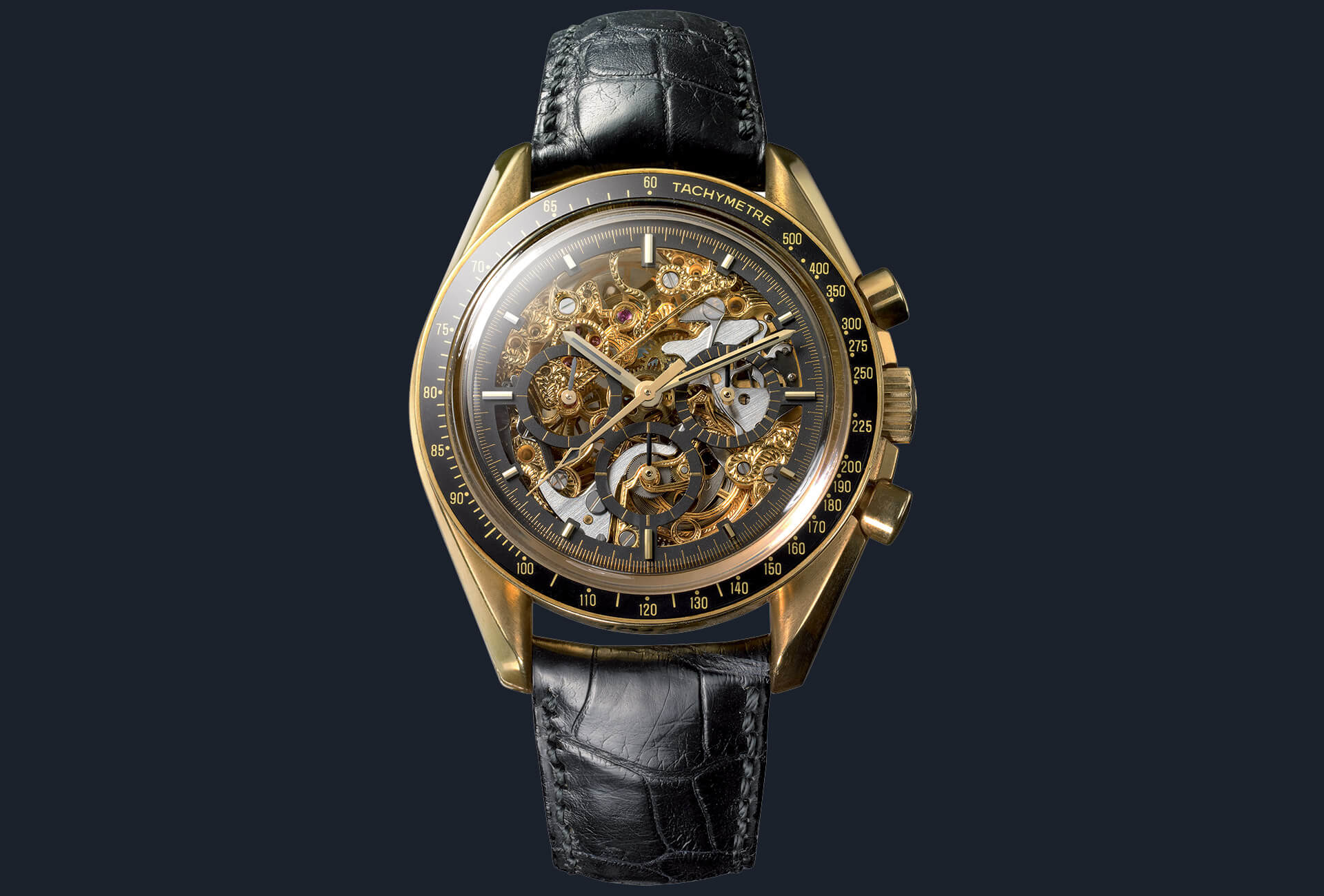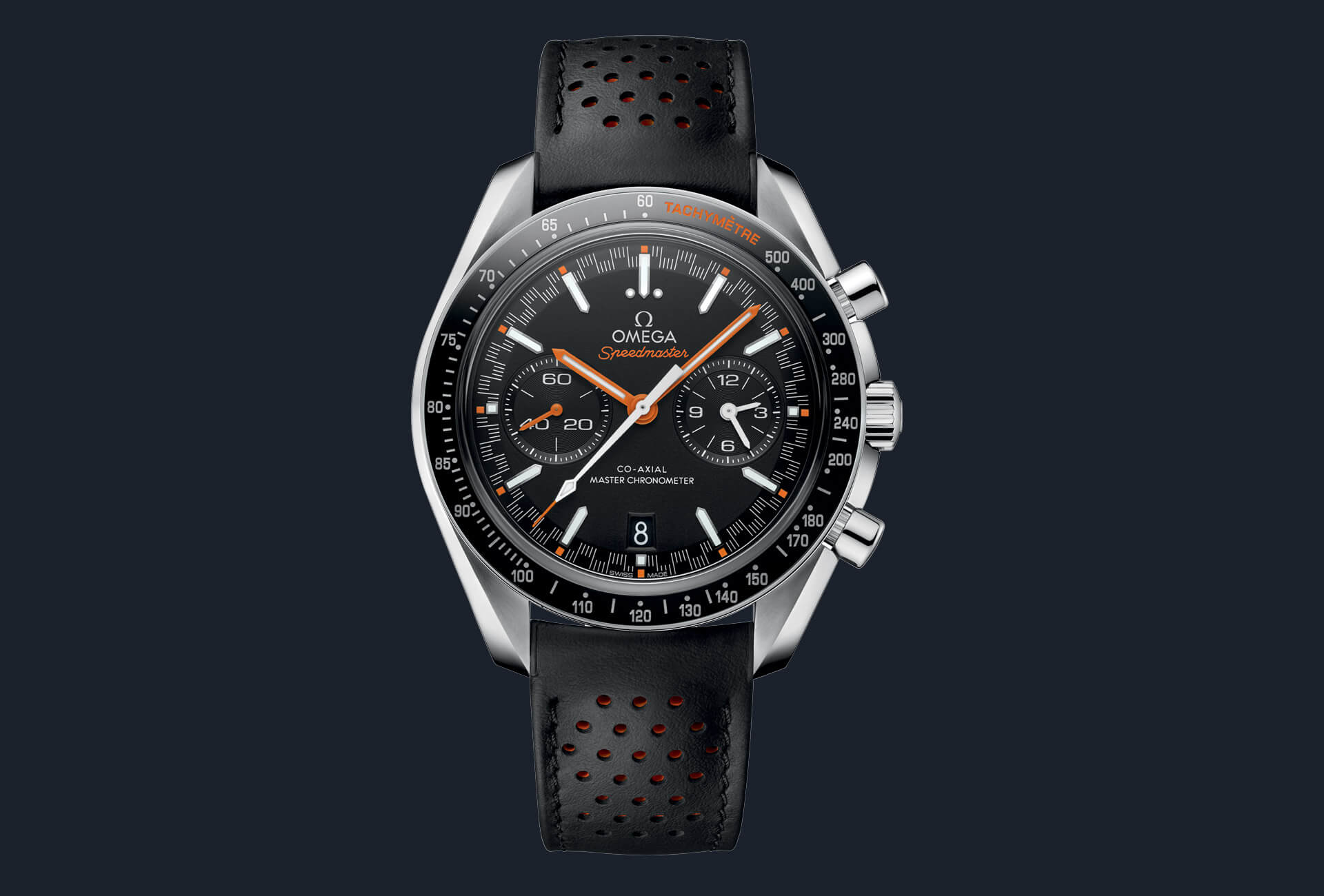It’s known to all as the Moonwatch – the only watch ever to have touched down on the lunar surface, on Buzz Aldrin’s wrist. The only mechanical watch ever to be qualified by NASA for all its manned space missions. This alone would suffice to explain the Speedmaster’s extraordinary power of attraction, yet there is so much more to be said. The Speedmaster saga takes us through half a century of watchmaking history.
The Speedmaster started out as a Professional watch and as such was designed from the outset as a rugged, reliable tool, the type racing drivers would use. It earned its ticket to the moon not thanks to some opportune product placement, but on merit. Omega was one of three brands whose watches were shortlisted by NASA, and the Speedmaster the only one to pass the battery of tests that opened the airlock to the Apollo spacecraft. The rest, as they say, is history, in particular the Speedmaster’s central role during the Apollo 13 mission.
Yet there is more to the Speedmaster than adventures in space. It has kept pace with trends and fashions, succumbing to the siren call of electronics before returning centre-stage as a symbol of mechanical time measurement. While the models produced for NASA have undergone minimal changes in order to maintain flight qualification, the Speedmaster range has embraced the major innovations Omega has introduced to its calibres, namely the Co-Axial escapement and, more recently, Master Chronometer certification. As for the models that were designed specifically to go into space, they were concept watches before the term even existed. We have lift-off!
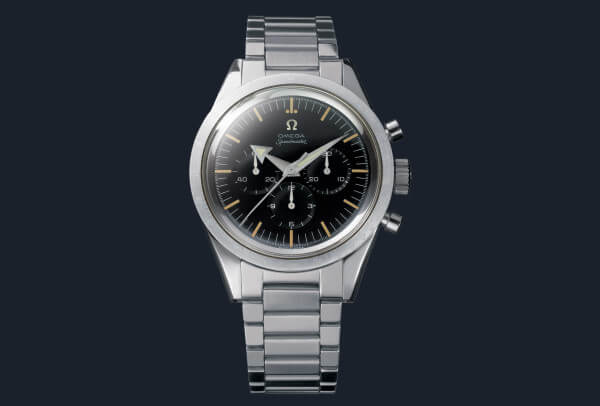
1957 - “Broad Arrow”
The first Speedmaster
The original timepiece in a legendary family. Called the “Broad Arrow” due to its distinctive hands, this was not only the first Speedmaster, it was also the first chronograph wristwatch in the world with its tachymeter scale on the bezel as opposed to printed on the dial – a feature designed for the benefit of racing car drivers. This is perhaps the most highly valued of all the Speedmasters and it signalled the start of a very special journey.
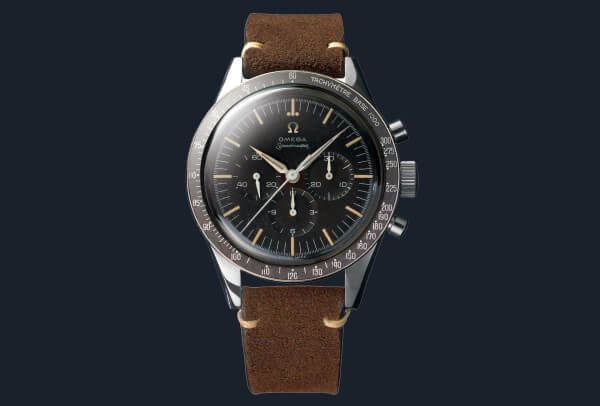
1959 - First Omega In Space
Worn by Walter Schirra
The second version of the Speedmaster, this model differed from the original “Broad Arrow” due to its black aluminium bezel, the lollipop seconds hand for Air Force orders, and “Alpha” style hour and minute hands. The model went on to be the first Omega worn in space on the wrist of Walter Schirra on October 3rd 1962. He chose the Speedmaster as his personal watch on the Sigma 7 mission of the Mercury programme. From this moment, the Speedmaster’s space legacy had begun.
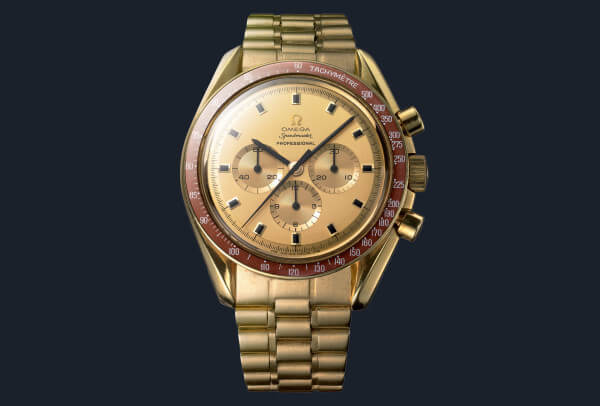
1969 - Commemorative Edition
For Omega’s achievements in space
This was the first 18K gold Speedmaster, created in a numbered edition with a rare burgundy bezel. The first watches in this series were presented to 19 astronauts during a gala dinner in Houston, Texas on November 25th 1969 to celebrate the Apollo 11 moon landing. Three watches were also awarded posthumously to the three crew of Apollo I – Virgil Grissom, Ed White and Roger Chaffee.
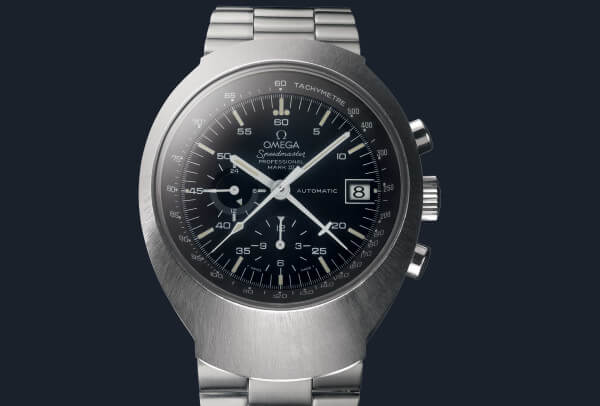
1971 - Mark III
Omega’s first self-winding chronograph
Launched in 1971, the Speedmaster Mark III, with its “pilot” case, was Omega’s first self-winding chronograph. The new calibre 1040 was a milestone for the brand and, in an advertisement from 1972, Omega famously stated, “After six landings on the moon, there was only one thing we could teach the Speedmaster. To wind itself”. Other interesting features include the cross-shaped 60 minute chronograph hand and the unique 24-hour day/night indicator at 9 o’clock.
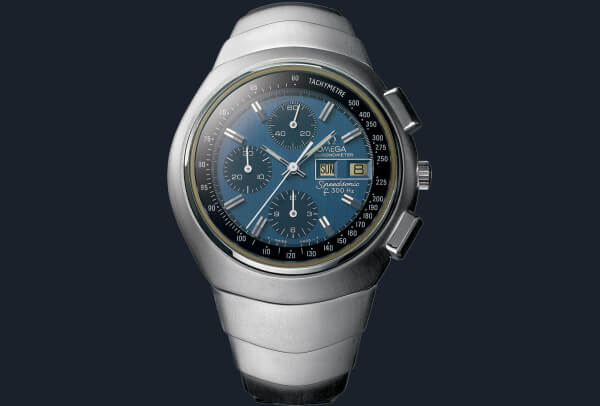
1973 – Speedsonic
First electronic Speedmaster
This model is nicknamed the “lobster” due to the unusual shape of the bracelet which resembles the tail of a crustacean. With the growing desire for electronic watches, the Speedsonic was created with an innovative electromechanical movement to meet the demand for greater precision and reliability. Interestingly, the crown was deliberately made smaller in size to emphasize the reduced need to change time or date.
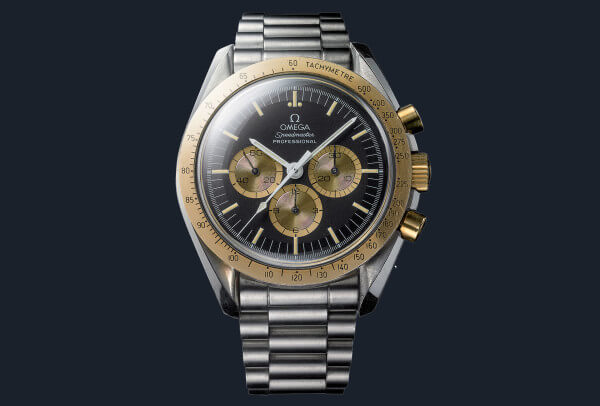
1987 - Italy
Made especially for Italy
Limited to 500 pieces, this timepiece was created for the Italian market. It featured a black dial with golden subdials, a yellow gold bezel and yellow gold-plated crown and pushers. Interestingly, the Speedmaster has a historical connection with Italy. The Seahorse medallion that features on the caseback of many Speedmaster and Seamaster models was in fact inspired by the Seahorse emblems found on the sides of gondolas in Venice, Italy.
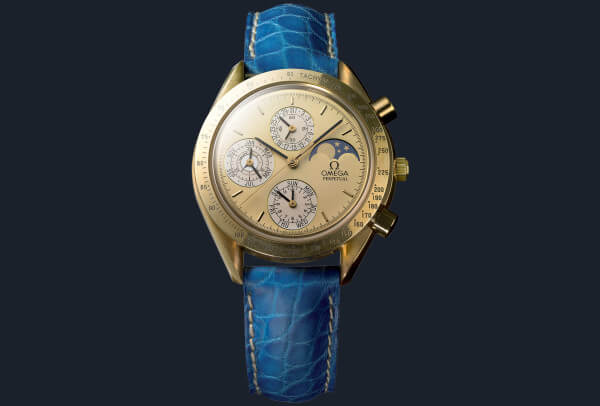
1991 - Perpetual Calendar
For Switzerland’s 700th anniversary
This Speedmaster model was limited to 50 pieces. Although it celebrated the 700th anniversary of Switzerland, the watch was released exclusively for the Japanese market. As well as the chronograph function, it also includes a moonphase and a perpetual calendar programmed up to the year 2100. It is often considered to be the most complicated watch Omega has ever produced in series.
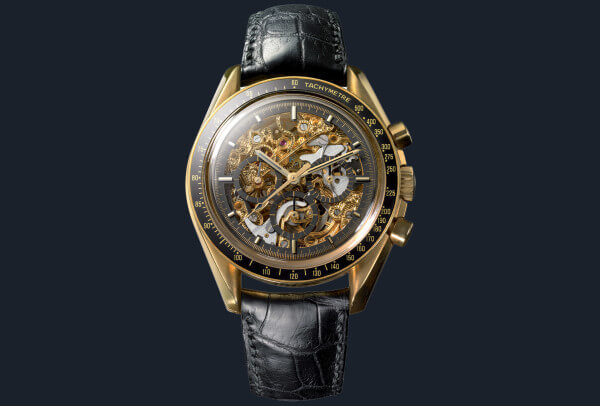
1992 - Skeleton
Rare hand-crafted limited edition
In this captivating Speedmaster model, Omega’s hand-crafted excellence is clear to see. The skeletonised design was limited to just 50 pieces, each with a transparent caseback.
The inspiration was to celebrate the 50th anniversary of Omega’s 27 CHRO C12 project, which led to the creation of the calibre 321 that was used in the very first Speedmaster. In terms of highlighting innovation and excellence, this timepiece was a wonderful tribute.
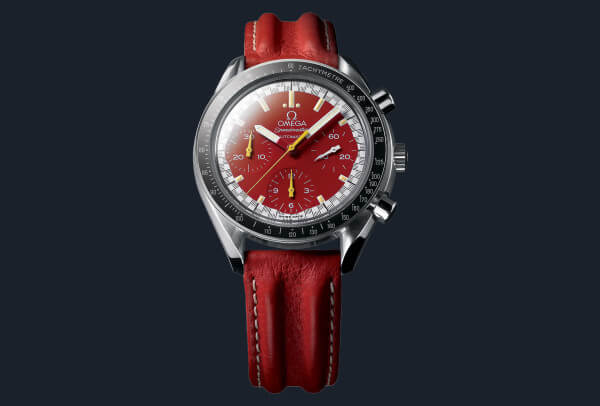
1996 – Racing
Launched by Michael Schumacher
This striking model is notable for its “younger aesthetics” and was produced in both red and yellow versions. The piece was launched by racing legend Michael Schumacher who had become a new Omega ambassador in 1996. As well as featuring a racing-style minute track, the watch had a rubber presentation box that resembled the tyres of F1 cars and featured Schumacher’s signature in white.
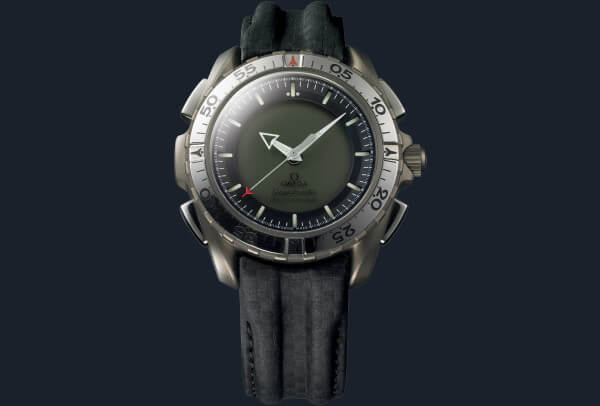
1998 – X-33
Favoured by pilots
Known as the “Mars Watch”, the X-33 was designed for the possibility of man landing on the red planet. It took five years of collaborative development between Omega and the world’s major space agencies, as well as the USN “Blue Angels” and the USAF “Thunderbirds”. With its futuristic design, it was worn on board NASA’s space shuttles and the Russia MIR Space Station.
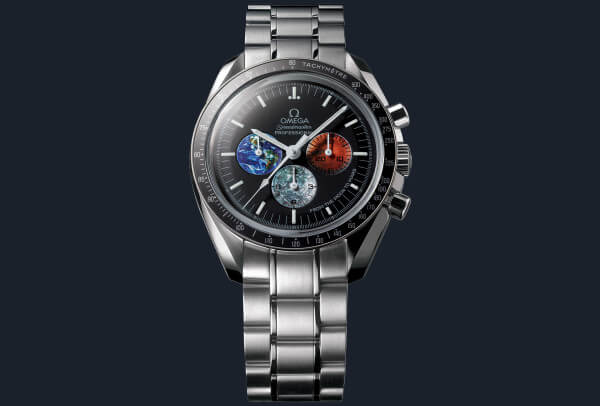
2003 - From The Moon To Mars
Anticipating the future
Built for the next great human destination. This model coincided with the American announcement that they planned to build a permanent space station on the moon before 2020 to act as a launch site for future manned missions to Mars. Celebrating those celestial bodies, the watch has counters printed with images of the moon, Earth and Mars.
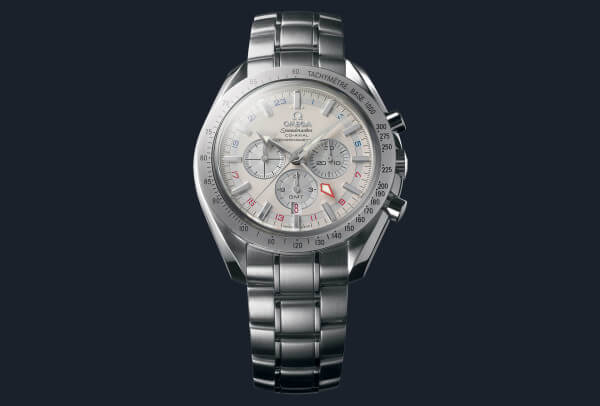
2005 – Co-Axial GMT
With pioneering escapement
Omega has always been known for its pioneering innovation and dedication to the art of watchmaking. In its quest to perfect the movement, this Speedmaster was the first to include the Co-Axial escapement, which revolutionised precision and reliability. As well as this, the watch saw a return of the iconic “Broad Arrow” hands, a red-tipped GMT hand, and a 1 – 23 GMT hour ring that beautifully fitted between the hour markers.
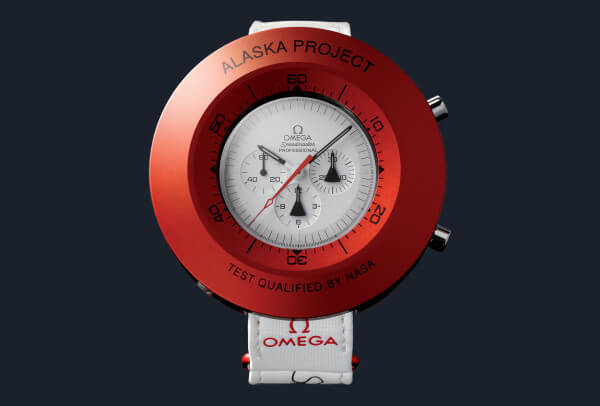
2008 Alaska Project
A prototype becomes reality
In this timepiece, one of Omega’s most innovative dreams became reality. Created in a limited edition of 1,970 pieces in 2008, the watch is based on the “Alaska II” project which used a “standard” Speedmaster with a modified dial and hands in conjunction with an outer anodized aluminium “thermal shield”. This allowed the watch to withstand temperatures, in lunar or spatial atmospheres, ranging from -148°C to +260°C.
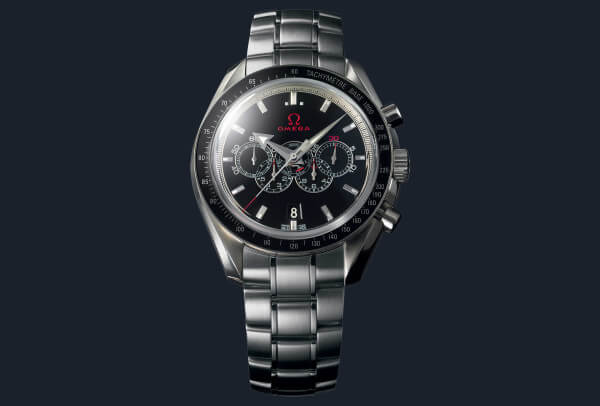
2008 – Beijing
Celebrating the XXIX Olympiad
As the Official Timekeeper of the Olympic Games Beijing 2008, Omega celebrated its role by creating this unique Speedmaster 5-Counters Chronograph. For the first time ever, five counters were displayed on the dial of a mechanical wristwatch, arranged in the form of the iconic Olympic rings. The functions included a small seconds counter, a 7-day chronograph recorder, a day indicator, a 12-hour chronograph recorder and a 30-minute chronograph recorder.
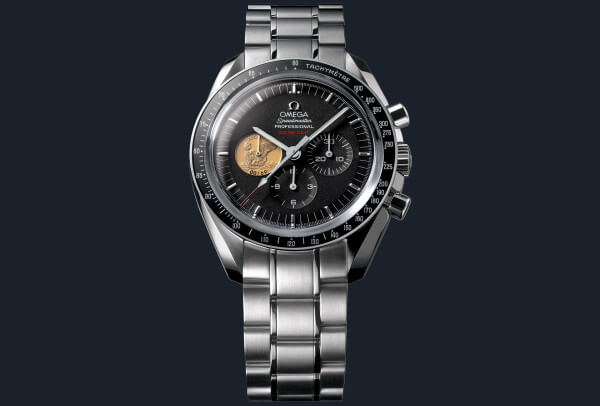
2009 – Apollo 11
40th anniversary
Made in a limited edition of 69 examples to mark the 40th anniversary of man’s conquest of the moon, this Speedmaster model made in platinum has a unique yellow gold medallion on the small seconds counter representing, in high relief, the mission patch of Apollo 11. This is repeated, again in gold, on the caseback.
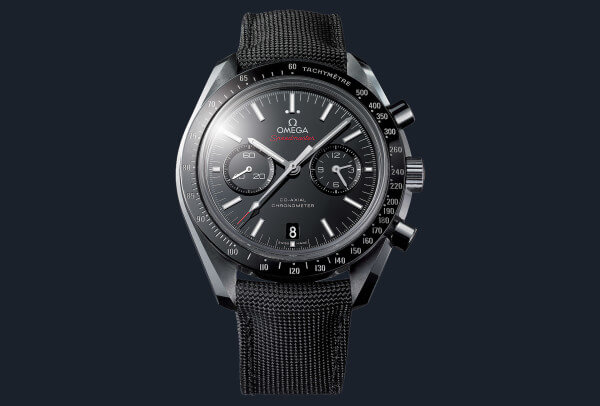
2013 - Dark Side Of The Moon
First Speedmaster in ceramic
Emblematic of Omega’s bold style, innovation and pioneering spirit, the “Dark Side of the Moon” brought the Moonwatch to a new generation. Crafted from a single block of sleek ceramic, the sporty model also features a black ceramic dial with 18K white gold hands and a nylon fabric strap. The incredible production techniques used to create this watch have been some of Omega’s most celebrated achievements.
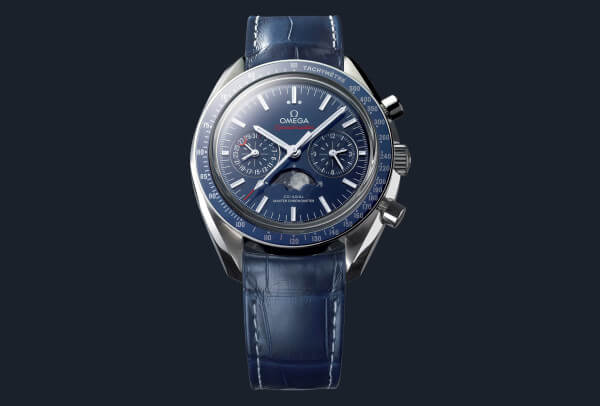
2016 – Moonphase
First Speedmaster Master Chronometer
The first Speedmaster certified as a Master Chronometer, this blue Moonphase timepiece reaches the industry’s highest standards of precision and performance as approved by METAS – another important milestone in Omega’s superb history of watchmaking. Most incredibly, the image of the moon on this watch is as detailed as a NASA photograph. Zoom in close and you’ll see an astronaut’s footprint.
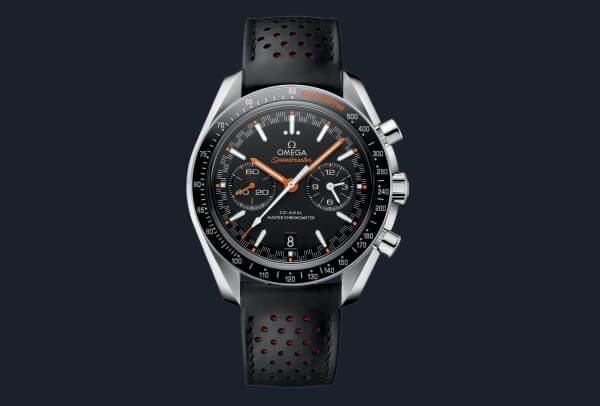
2017 - Speedmaster Automatic
Return of the racing dial
The distinctive minute-track style on this stainless steel watch first appeared on a 1968 Speedmaster model. Linked to the Speedmaster’s motor racing heritage, it returns again, this time on a matt-black dial. Other features on the dial include the orange markings and bevelled 18K white gold arrowhead indexes. The perforated rubber strap is another new addition that enhances the innovation.









